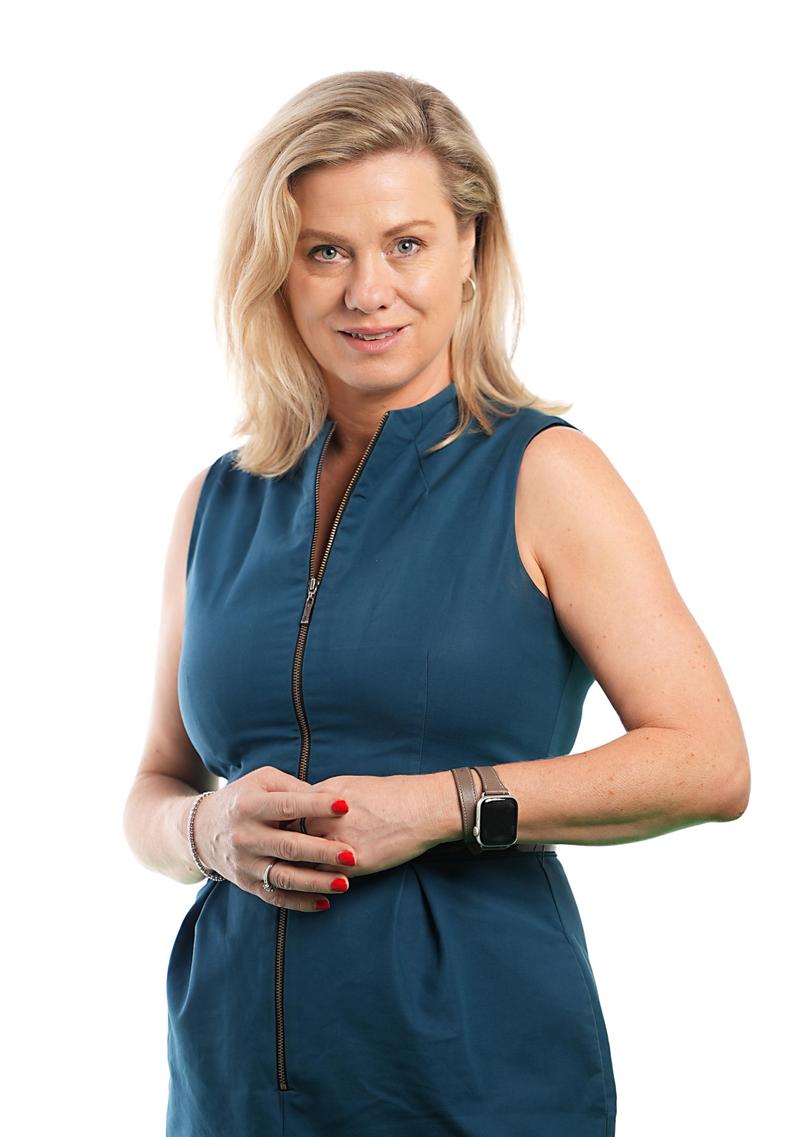Australia's vaping crisis laid bare as e-cigarette policy firms as looming election battle
Back when Donald Trump was newly elected, his communications adviser Kellyanne Conway spoke with a straight face about “alternative facts” to explain the discrepancy between the crowd size Team Trump said was at his swearing in and the number that people’s eyes were telling them was actually in attendance.
As Australia confronts a generational challenge in young people’s addiction to vapes, we find ourselves in similar territory.
On Monday morning, senior frontbencher Tanya Plibersek told Sunrise the Government’s vaping prescription model and ban on overseas e-cigarettes was working and was the path that Labor would cling to.
Sign up to The Nightly's newsletters.
Get the first look at the digital newspaper, curated daily stories and breaking headlines delivered to your inbox.
By continuing you agree to our Terms and Privacy Policy.This is despite clear and indisputable evidence that these policies are a failure.
That actual fact is in clear evidence on almost every Australian block, be it through the shops still openly selling black market vapes despite the ban or the swarms of children and young people visibly sucking on highly addictive, potentially poisonous, lolly flavoured cartridges.
It’s also clear through the numbers: just eight per cent of Australia’s vapers access them legitimately through a prescription from a GP. The highest proportion of our 1.5 million vapers are aged 18-24 and 80 per cent of those young users bought their nicotine through shopfronts.
Organised crime gangs have built a $4 billion industry to feed the addictions of a growing cohort of young Australians. The number of those young users who report using devices with more than 3000 puffs in them has doubled in the past two years, according to the Australian Institute of Health and Welfare.

Vaping policy is firming as a potential election battleground, with momentum building in the Coalition party room to support the regulated sale of e-cigarettes and overturn the prescription model introduced under the previous Coalition government.
As new modelling shows a potential $9 to $12 billion revenue windfall if an excise was introduced, political leaders are finding themselves grappling with a real-time health crisis that is defying legislative control.
Nationals Leader David Littleproud, who is leading the push to introduce plain packaging of vapes and reap the excise windfall, happily admits he got it wrong when he supported former health minister Greg Hunt’s introduction of the prescription model.
Australia is the only country to restrict legal access vapes to prescription holders while Canada, the UK and countries across Europe simply tax them, according to Roy Morgan.
“I supported a prohibition model, but I got it wrong, because I can see what’s happening on the streets,” Mr Littleproud told The Nightly.
“And if you’re a legislator, why wouldn’t you look around you and see what’s happening, go ‘you got it wrong’, but have the character to say ‘I got it wrong’ and do something different?
“Because if we keep going down the prohibition path, all that’s going to happen is organised crime will flourish. Our kids will keep getting the product and the product will be worse.
“I don’t want these products at all, but we’ve got to understand, there’s no silver bullet to try and get rid of them.”
Amid growing community frustration with vaping policy, pollster Kos Samaras from RedBridge said that while the votes of young people are unlikely to be swayed because so many freely access the black market, those of their parents are up for grabs.
With new RedBridge polling showing 85 per cent of Labor voters wanted vapes taxed and regulated in the same way as tobacco, the Government’s claims to be on top of the issue was divorced from their reality, he said.
“This is an issue where people who are disinterested in politics will once again see that the political class does not represent them and doesn’t understand their concerns,” Mr Samaras said.
Modelling by Tulipwood Advisory released Monday showed that an excise of $1.50 per ml would raise an additional $9b over five years, including an extra $3b in GST.
Commissioned by the Australian Association of Convenience Stores, the data was calculated on the Commonwealth Grant Commission’s GST distribution method.
Funds from a vape tax could be redirected into fighting the effects of the addiction epidemic and shutting down the black market, said AACS CEO Theo Foukkare.
“It’s a problem that children have access. However, the reason that they have access is due to a $4 billion a year black market that is being run by criminal networks,” he told The Nightly.
“And they’re taking advantage of vapes effectively being banned in Australia, no different to how alcohol was banned in the US in the 1920s. We’re seeing a very similar thing play out here.
“We believe that a fair chunk of that income that is raised by the government should be used to going to education to stop kids from vaping, it should go into enforcement. Because it’s not being enforced across all of the states and territories anywhere near where it should be to shut down the illegal market.
“We believe that it should also go into building hospitals, and it could be going to building houses. Ultimately, we’ve got declining tobacco revenue and that’s not because people are stopping smoking, they’re moving into illegal products, both in illegal tobacco as well as any illegal vaping products.”
The Greens are also not in favour of prohibition but have yet to announce their vape policy while shadow health minister Anne Ruston said the Coalition was still debating its full position.
“The Coalition’s primary goal is to prevent Australian children from having access to vaping products and becoming addicted to vaping,” a spokesperson for Ms Ruston said.
“Australians, including children, are getting ready access to illegal vapes in every State and Territory because the law is not being adequately enforced.
“The illicit vaping black market is out-of-control and thriving in Australia.”

